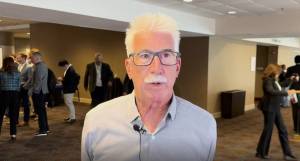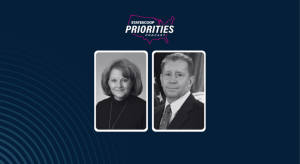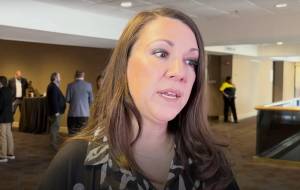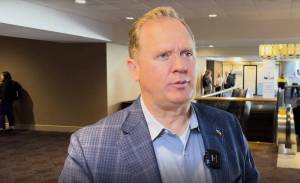After California food stamp tool, Code for America explores new state partnerships

Civic tech nonprofit Code for America (CfA) has extended its food stamp application tool to counties across California and is now working toward expansion into other states later this year.
CfA first announced its food assistance tool through a 2013 fellowship with the city and county of San Francisco. The service sought to break down the technical barriers that separate struggling residents from applying for CalFresh, the state’s Supplemental Nutrition Assistance Program (SNAP). Though various iterations, updates and designs, the tool has decreased the average application time from 45 minutes to about eight minutes. The dramatic improvement led to a two-year $3.6 million contract with the California Department of Social Services last month, and a confirmation from CfA this week that the tool will soon be available in other states as well.
The development of the tool is a watershed moment both for CfA and the larger civic tech movement it represents. The contract — that covers only basic operational costs to manage the service — helps to strengthen the nonprofit’s funding model that is divided between philanthropy and government. At the same time, CfA is proving that civic tech is maturing with services that can deliver more than speculative government solutions. To date, CfA reports that its tool, called GetCalFresh in California, has processed more than 35,000 applications at a rate of 1,700 per month and is growing rapidly.
“This is something that has evolved over thousands and thousands of uses already, and so it has had an enormous opportunity to improve based on user feedback,” said Jennifer Pahlka, CfA’s founder and executive director. “We really watch what works and change the service to get better at what it does pretty much every day.”
The contract with California should not be interpreted as part of a shift to become a government IT vendor and compete with companies like Microsoft or Cisco, Pahlka said, because the contract is geared for nonprofits and outreach organizations and only covers about 60 percent of CfA’s costs to develop and maintain the service. Remaining costs, she said, are covered by CfA.
“We started up as an organization that was half funded by philanthropy and half funded by government and this is sort of a natural evolution of that,” Pahlka said. “As a nonprofit we’re not trying to become a government vendor we’re building services that we think shape the market, not capture the market.”
While profits aren’t part of the equation, CfA’s Chief Program Officer Sara Mayer told StateScoop that additional sources of funding have opened doors to make the California service a national offering, something states can use and rebrand to their liking to expand food stamp enrollment.
CfA is still in an “exploratory phase” with other states, the group says, but estimates that by year’s end it will have commitments from three to five additional states. Once these partnerships are formed, Mayer said deployment could be quick. In California, for example, CfA can deploy the tool for a new county in a matter of hours. This nimbleness has already allowed 16 out of California’s 58 counties to adopt the service, with more on the way.
As it broadens its reach, Mayer said CfA is committing itself to further iterations. Through its ongoing collaboration with San Francisco, development teams are working on another major update so applicants can not only apply for food assistance, but also renew their applications, and CfA is testing whether the tool might support Medicaid enrollment for healthcare assistance.
Pahlka said the growth of GetCalFresh shows states are recognizing civic tech is no longer just about experimentation, but hand-to-mouth solutions that make for a more responsive government.
“I think it’s part of the ongoing story around civic tech, where we’re moving from smaller projects to real impacts at scale,” Pahlka said. “At the end of the day, if civic tech doesn’t demonstrate more than a theoretically-better government, but better outcomes for people, then we’re not really proving our vision statement: that government can work for the people, by the people, in the 21st Century.”






